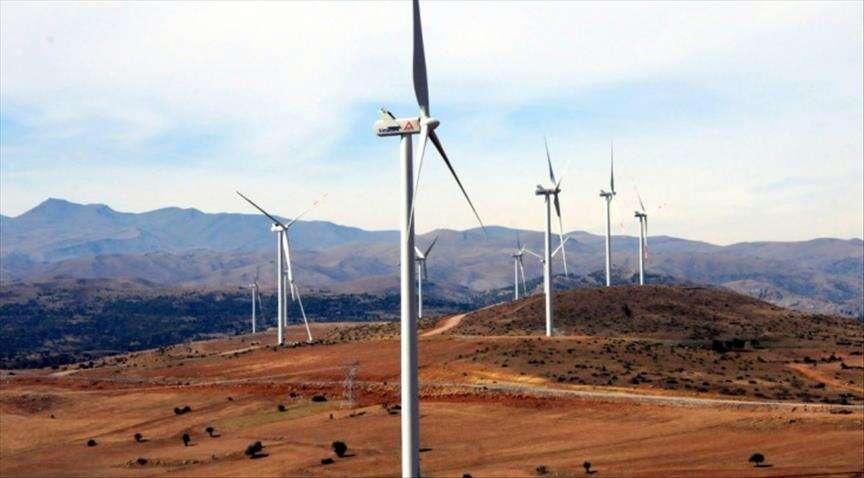South Africa is at a crucial point in its energy journey, facing a deepening crisis that could impact its economy and growth. The government aims to increase the share of renewable energy in its power mix from 11% to 41% by 2030. The shift is key for cutting greenhouse gas emissions and creating a more stable power supply, especially as the country continues to struggle with frequent power outages, or load shedding.
The need for change is pressing. South Africa still depends heavily on coal, which provides more than 80% of its electricity. This reliance on coal presents serious issues, as many coal power plants are old and prone to breakdowns, leading to frequent blackouts. To address this, the government plans to shut down between 8,000 MW and 12,000 MW of coal capacity over the next decade. This is part of a larger push toward cleaner energy sources, creating new opportunities in the renewable energy sector.
One major reason for this transition is the falling cost of renewable energy. Over the past decade, solar and wind energy costs have dropped dramatically. Solar prices, for example, have fallen by about 85%, and wind energy by around 70%. These decreases make renewables much more competitive with traditional fossil fuels and are likely to attract more investment in South Africa’s green energy sector.
To support this shift, the South African government has introduced several regulatory reforms to encourage private sector involvement in energy production. The Renewable Energy Independent Power Producers Procurement Program (REIPPP) has been a key driver of renewable projects. Recently, the government launched the sixth round of bids in this program, aiming to add 2,600 MW of renewable power to the grid. Changes to the Electricity Regulation Act also now allow more individuals to participate in renewable energy projects by raising the limit for embedded generation from 1 MW to 100 MW.
HAVE YOU READ? Zambia Boosts Renewable Energy with New 33 MW Riverside Solar Plant
Still, challenges remain. Analysts from Rystad Energy predict that South Africa will reach only about 20% of its power from renewables by 2030, falling short of the government’s target. This shortfall is due to rising electricity demand and ongoing investments in old coal infrastructure, making it harder to reduce carbon emissions effectively.
The government is also exploring green hydrogen production as a potential new energy source. The initiative aims to use South Africa’s plentiful renewable resources to produce hydrogen, which could play an important role in future energy systems both within the country and globally. The country’s Hydrogen Society Roadmap outlines plans for a green hydrogen economy that could further support its renewable energy goals.
As South Africa works toward a sustainable energy future, it must carefully manage these complexities. Improving transmission infrastructure is essential to effectively incorporate renewable technologies into the existing grid. Recent measures have cut environmental authorization times in half and sped up grid connection processes, which should help with faster project rollout.
By investing in renewable technologies and updating regulatory frameworks, the country can address its immediate energy crisis and lay the foundation for long-term economic growth and environmental care in the years ahead.








